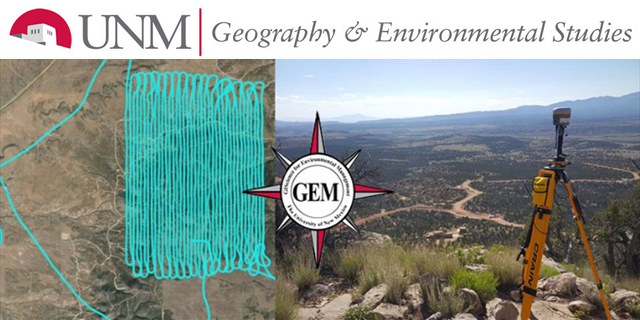
Geography ETDs
Publication Date
7-1-2011
Abstract
Water distribution systems are one of the vital infrastructures within the urban environment. The urban population is highly dependent on a reliable, clean, safe, and affordable supply of drinking water. Understanding and characterizing the demand for water on municipal water distribution systems is critical for managing this resource. A reasonable estimate of water demand for a municipal system would provide meaningful characterization and potentially enable defensible hydraulic analyses of that system. Much of the previous research and methods on estimating demand required detailed system data to estimate demand at coarser spatial and temporal resolutions for a specific system. The objective of this research, in contrast, is to develop a method to estimate water demand at high spatial (e.g., neighborhood-scale) and temporal (e.g., one-hour) resolutions for any municipal water distribution system in the U.S. using publically available data. The demand estimation method was implemented as an ArcGIS ArcMap extension. The proposed demand estimation methodology was applied to a real municipal system in the U.S. A distribution pipeline network and demand model for the City of Santa Fe, New Mexico master plan was used to assess the performance of the research method. The method was first calibrated using the extent of the pipeline network within one pressure zone of the water system. The calibrated method was then validated using different, independent pressure zones within the water system. The results indicate that the estimate of water demand using the initial, default parameter values produced a relative error which was within the typical variance between an average day and a peak day for a municipal system. The best-fit validation case produced a demand estimate with a relative error for the entire Santa Fe system which was shown to be within the smaller tolerance of error required for hydraulic analyses for engineering studies. This suggests that the demand estimates produced, based on the best-fit validation case, are more likely to be defensible for hydraulic studies. Lastly, the validated model was applied to estimate the change in water demand from 2008 to 2020 under different water-conservation policies for the Santa Fe municipal system. Applying the validated method to a real-world issue showed that the estimated demands on the Santa Fe system for year 2020 could be nearly offset by enacting water conservation policy.
Degree Name
Geography
Department Name
Geography
Level of Degree
Masters
First Committee Member (Chair)
Zandbergen, Paul
Second Committee Member
Matthews, Olen Paul
Third Committee Member
McPherson, Timothy
Document Type
Thesis
Language
English
Keywords
Water Demand, Spatial Temporal, Water Distribution System, GIS, Demand Estimation, Urban Infrastructure, Water Resources
Recommended Citation
Linger, Steve P.. "Spatial-temporal neighborhood-scale urban water demand estimation." (2011). https://digitalrepository.unm.edu/geog_etds/9



